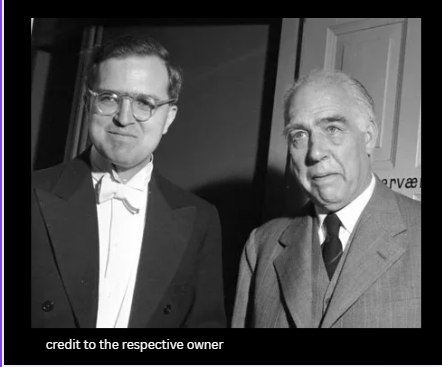In 1922, the world watched as Danish physicist Niels Bohr received the Nobel Prize in Physics, honoring his groundbreaking vision of the atom. His model, which depicted electrons circling the nucleus much like planets around the sun—though confined to specific energy levels—transformed the way science viewed the building blocks of matter.
However, this was merely the beginning of the story.
More than fifty years later, in 1975, another Bohr would claim the same prestigious honor. Aage Bohr, Niels’ son, took his place on the Nobel stage, building upon his father’s achievements. Where Niels had illuminated the structure of atoms, Aage delved into the dynamic inner workings of atomic nuclei, revealing how these central cores move and interact. His research earned him the Nobel Prize for uncovering the relationship between the motion within the nucleus and the particles that comprise it.
Two generations.
Two Nobel Prizes.
A singular quest: to unravel the mysteries of the universe at its most fundamental level.
Aage often reflected that his father never pressured him to pursue science. Yet, it appeared that curiosity could be inherited. When given the space to grow, brilliance can flourish through time, bridging one generation to the next.
